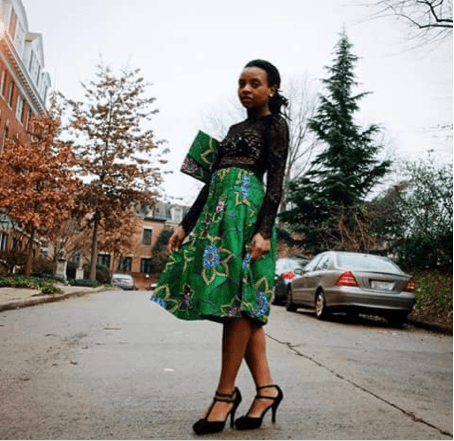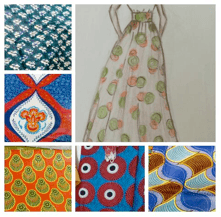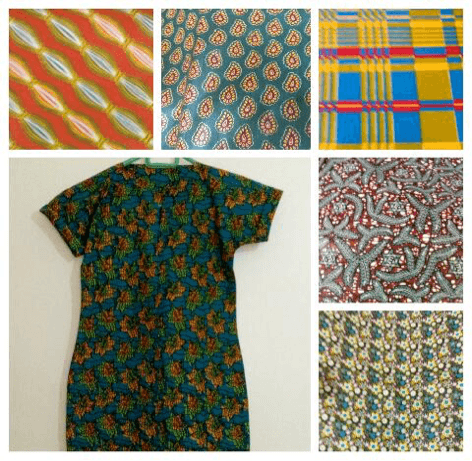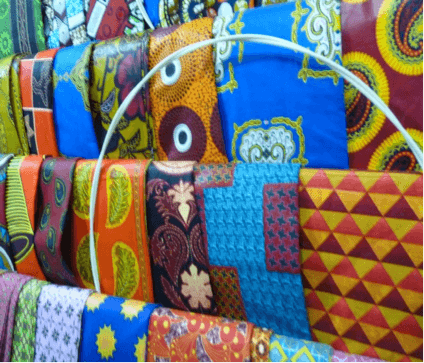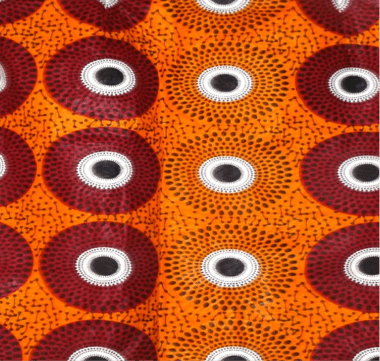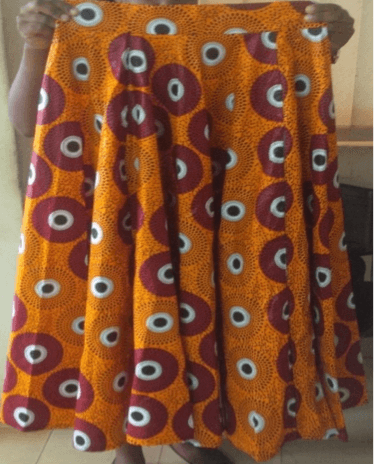How to Launch a Sewing Workshop in Uganda
2016 kicked off strong for aspiring fair trade fashion business Mazuri Designs and our Ugandan seamstresses! We received a number of new orders and were involved in exciting ventures. During the process, we learned a number of lessons that included using our creativity, the importance of punctuality in delivering orders, and flexibility in working with clients.
At the beginning of January, we worked together to plan for the month ahead, brainstorming how to grow the business to keep it running.
Starting a business is like growing a plant. You start with the basics, water it, tend to it, give it what it needs, and watch it grow.
As a Ugandan fashion design business, one of the most important aspects of our work is choosing a beautiful and suitable fabric. While we can make dresses, shirts, skirts and more in any fabric, we specialize in colorful and bold, traditional african print fabrics. Other names they go by are ankara, batik, dutch wax, java, or superwax. Some of our clients come to our workshop with theirs in hand while others prefer to use one we have in our ever-changing inventory. We regularly tell clients of the available options in our shop to generate their interest. If they so want, they can reserve the material to place an order.
In other cases, we offer clients a special service to find cloth in a design and color that meets his/her individual requirements. While time consuming, our ability to offer this level of care is appreciated, differentiating us from many other tailor shops in Kampala who primarily make items from materials the client brings with them.
The tricky part is that with an overwhelming variety of ankara print and color options, it is not possible to know exactly what our customers want us to purchase. As a solution, when we are at the fabric stalls in Kampala, we take pictures of fabrics that fall within our clients' stated tastes, share the available options with them via WhatsApp or text message, and then they let us know which to purchase.
Grassroots Marketing
One of the goals of our brainstorming activity was to come up with ways to both show our products and designs to the public and make it easy for people to place orders. Our staff member Gloria took the lead with this work. She hired Mazuri to sew her a dress in a fun, bright print that she wore to church during the festive season (because it both looked amazing on her and served as a grassroots way to get the word out about the workshop).
As she received compliments on her dress and was asked where she got it from, Gloria was able to organically tell people about Mazuri and how they too could get clothing made to fit their tastes and measurements.
This word-of-mouth marketing strategy was successful in attracting new clients that ordered for similar designs in two different fabrics.
Social Media Marketing
We have also integrated this strategy with our Girl Up Initiative Uganda and Mazuri Designs social media accounts, by sharing images of Mazuri items on Instagram and Facebook. People have been liking, commenting, and sharing our posts, allowing for us to interact with prospective clients in an easy, organic way. We have received a number of orders through this method of social media sharing.
Our team in Uganda developed another brilliant idea to further market our products to our target group in Kampala, Uganda. Here, our staff created a simple grid with the ideal design at the centre surrounded by available fabrics in our workshop that may "rock" that design. This gives a client a designer's opinion as well as room for the client to have his/her own eye.
This has yielded positive results! Recently a client came to us who wished to have a long skirt made. We sent her the grid on the left through social media. She was impressed by one of the materials pictured (middle one at the bottom row), but she did not like blue. Then, we went to the market, took more pictures of different fabric choices with the same design and different color until we found a fabric that she was pleased with.
This was fun for us because we were able to take direction from the client, use our creativity at the market, and give her exactly what she wanted. The skirt was made by our Kampala seamstresses and the client received it just two days after her measurements were taken and confirmation of her preferred choice of fabric.
The local marketing for our tailoring services has been driven exclusively by our team in Kampala. As we grow and evolve our marketing approach shall too. We are proud of the early success of Mazuri Designs through our local marketing and online presence and look forward to the future of this exciting social enterprise!
For more information on the history of african prints (and are they even african?), we encourage you to read our informative blog post on this topic.
Do you have suggestions on how to implement a feet on the streets marketing tactic in Africa? Please share your thoughts in the box below so we can all learn from one another.







